
Execution risks may hinder Taiwan’s offshore wind targets
Relaxed procurement rules could mitigate the risks.
Taiwan’s ambitious goals for its offshore wind power rollout may face execution risks amidst delayed implementation and the lack of supportive policies.
Currently, Phase 3 of Taiwan’s offshore wind development – the last and most ambitious phase for capacity addition – faces higher technological risks, increasing market risks, as well as domestic sourcing difficulties.
“We expect construction progress for Phase 3 will be delayed given Phase 2 projects are already behind schedule,” S&P Global Ratings said.
According to S&P Global Ratings, Taiwan lacks a local supply chain and technology for offshore wind projects. Most early-stage projects heavily rely on overseas equipment supply, pushing up development costs.
Foreign borrowings are also the usual sources of funds for major developers. Furthermore, the government' requirement of 60% of local content for most projects further complicates the economics.
S&P Global Ratings recommends reviewing the development pace and implementing less stringent procurement requirements to lower execution risks. Taiwan also needs more policy support, such as establishing a wholesale power off-taker for Phase 3 and better grid infrastructure.


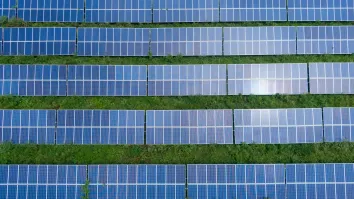
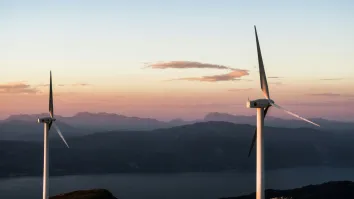

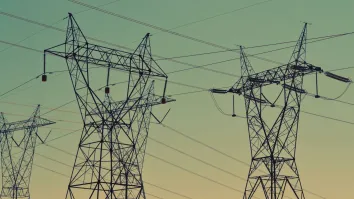




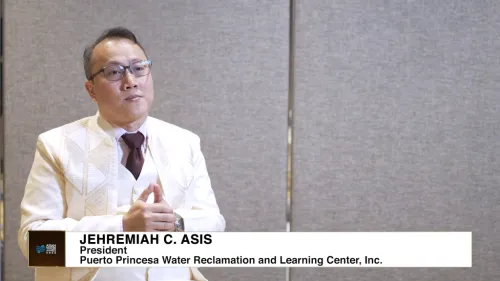


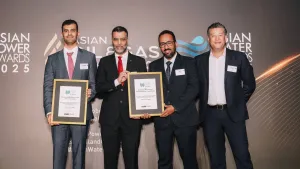





 Advertise
Advertise






